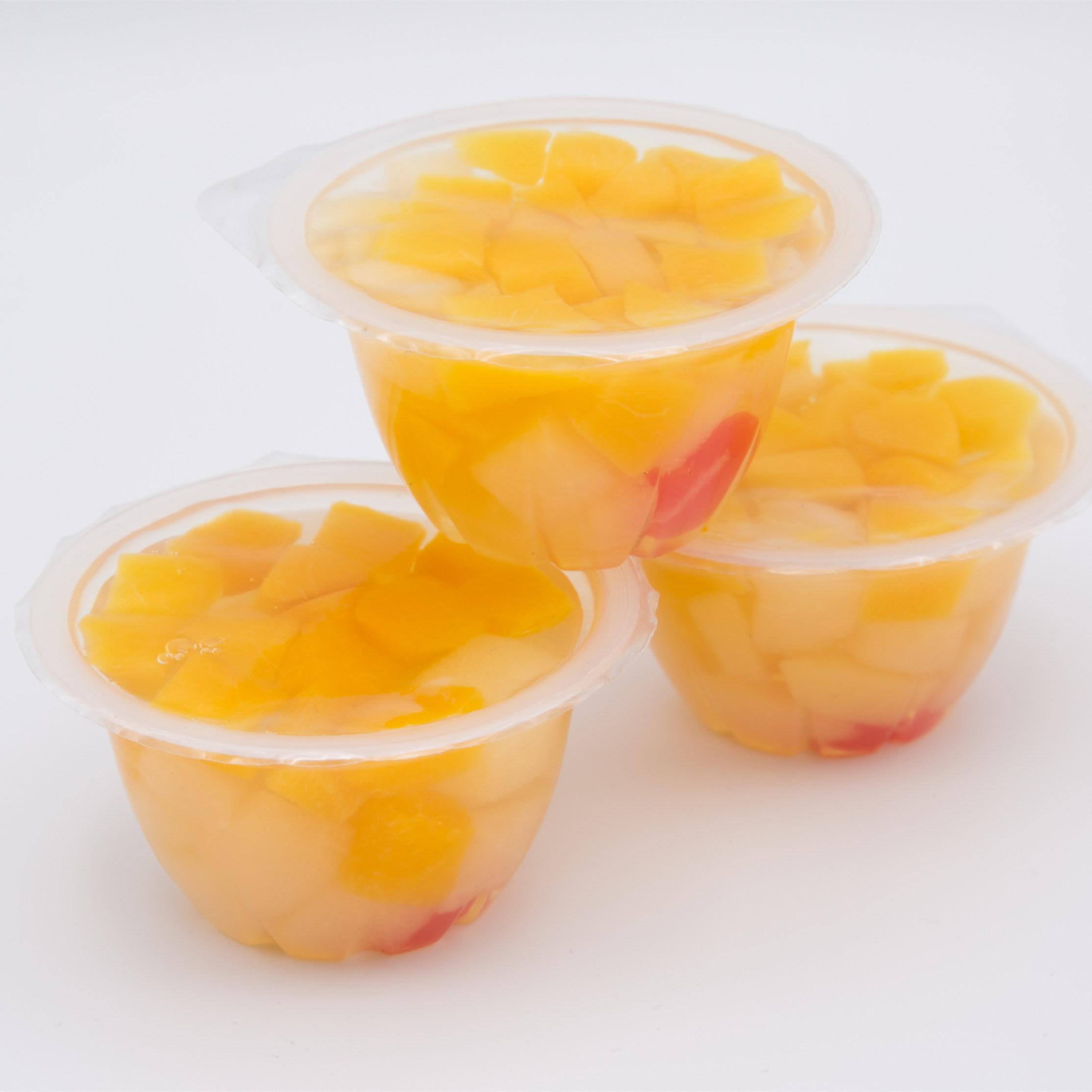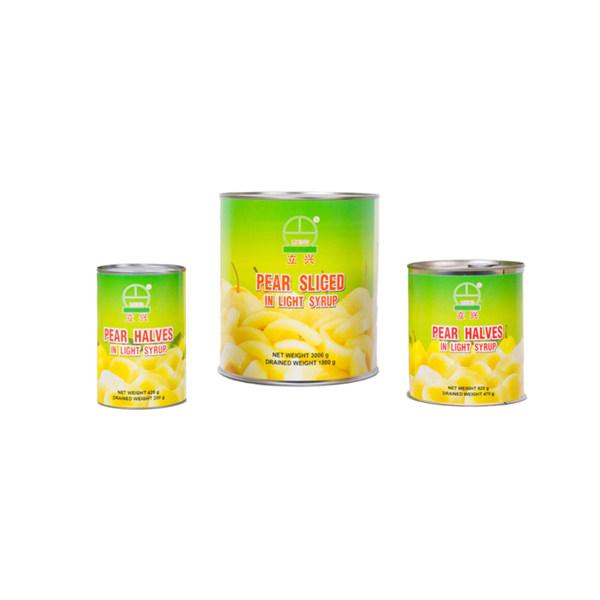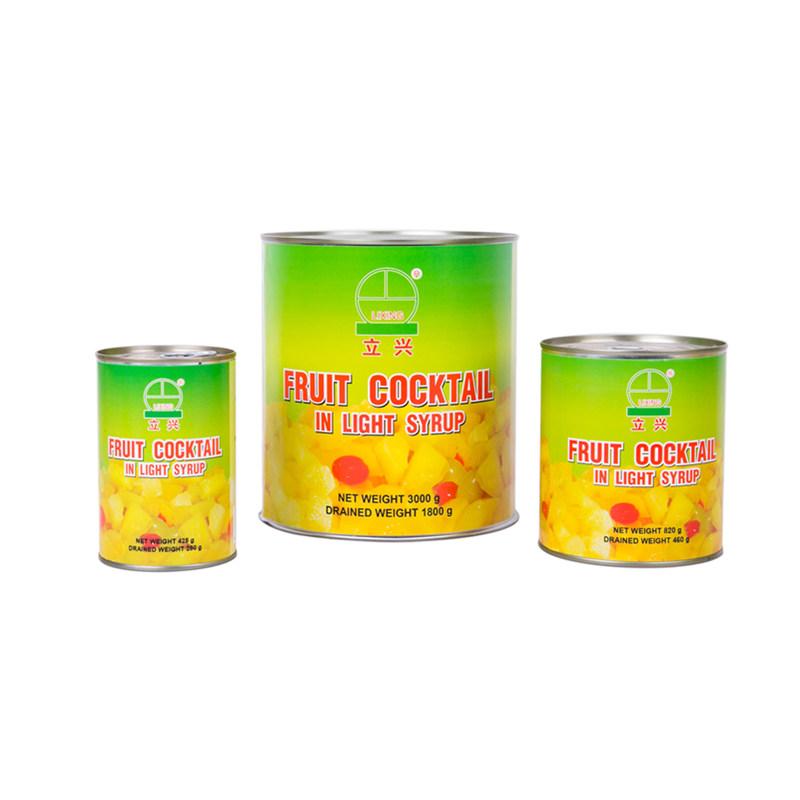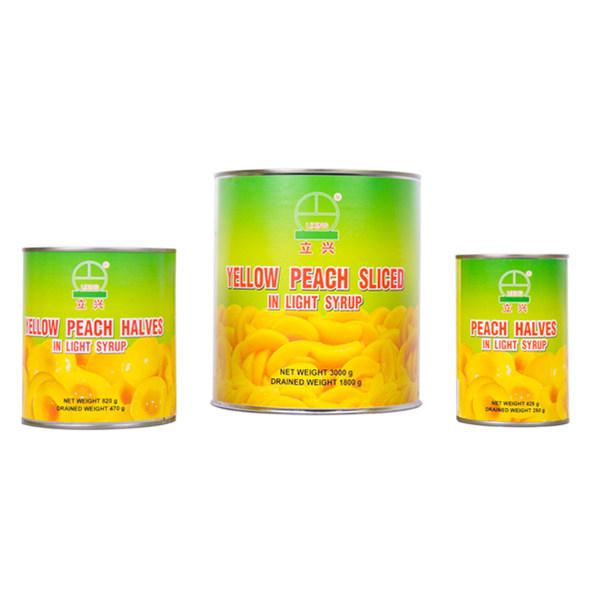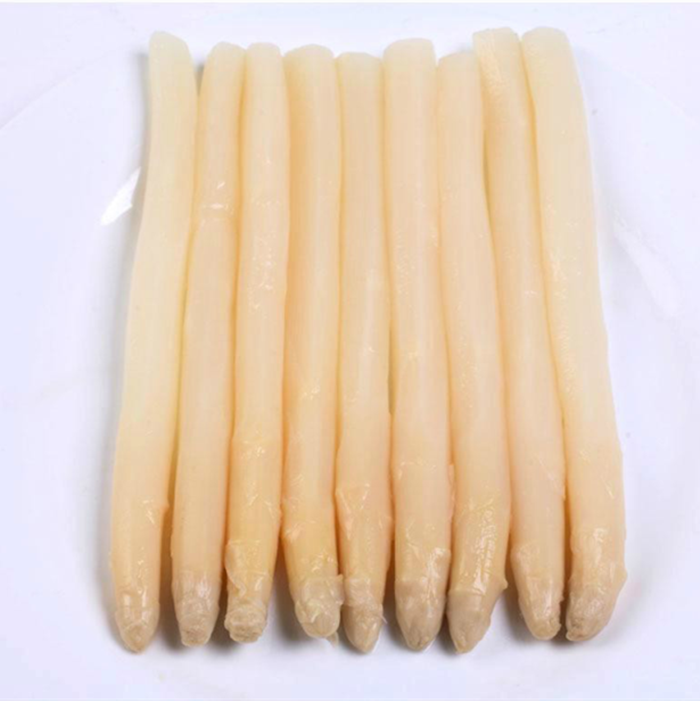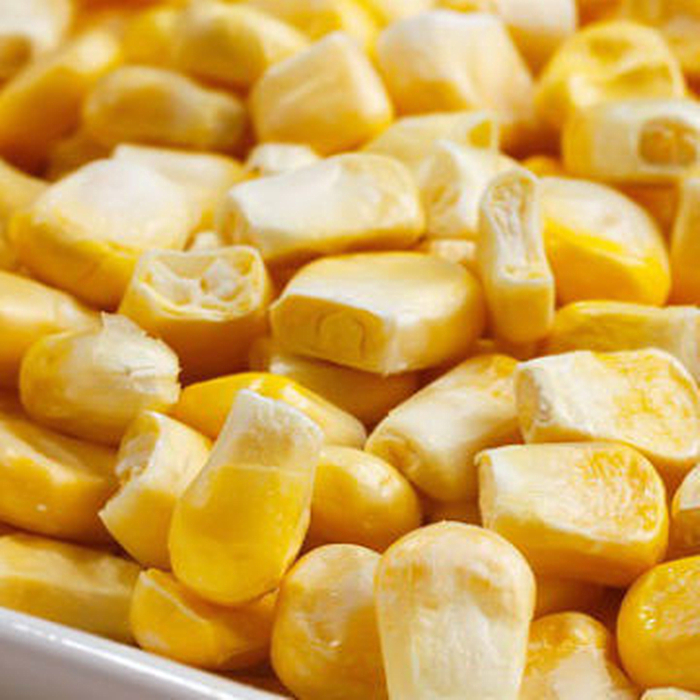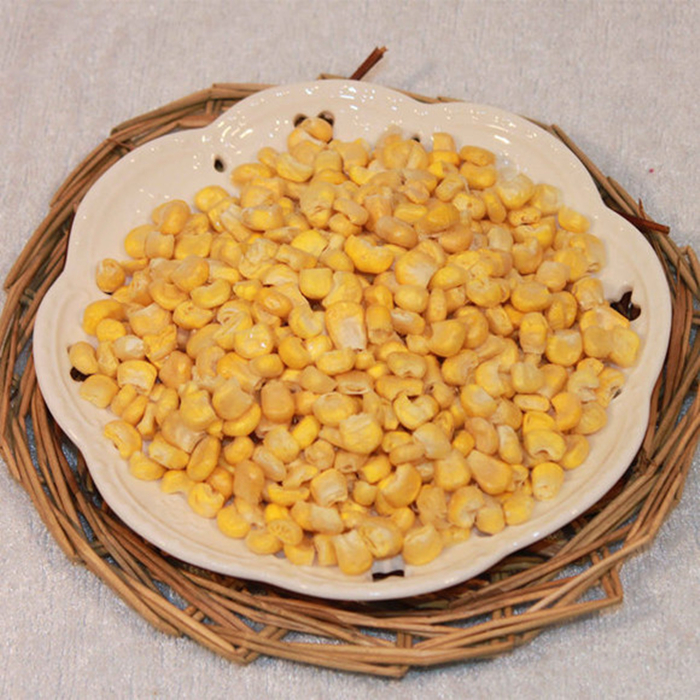Analysis on the causes of discoloration of canned fruits
Jutai Foods
Dec/19/2016
Many fruit cans in the processing process or during storage and distribution, often discoloration quality problems
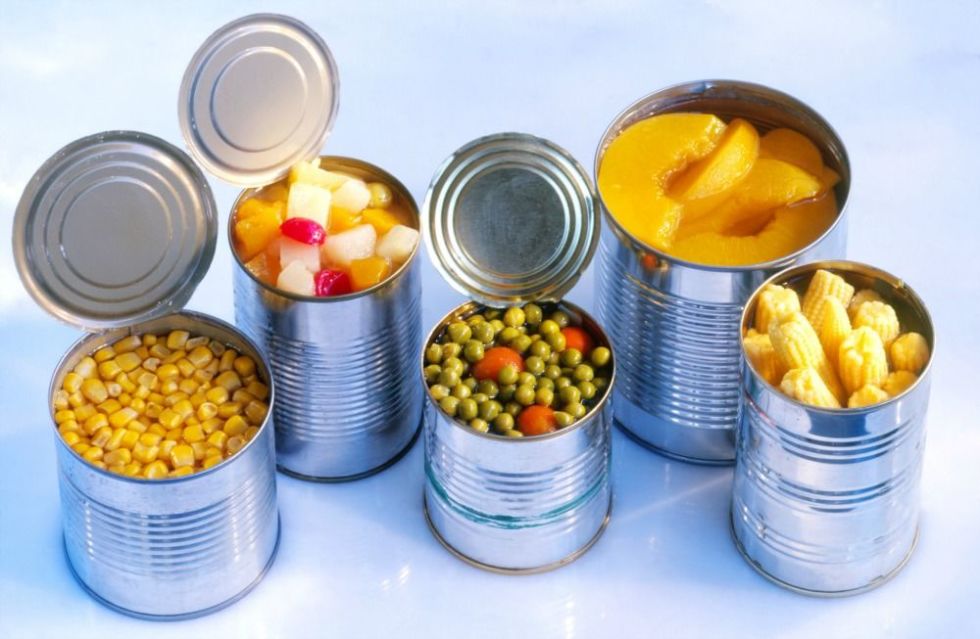
Many fruit cans in the processing process or during storage and distribution, often discoloration quality problems. Discoloration is mainly caused by enzymatic browning and non-enzymatic browning. Non-enzymatic browning, including the Maillard reaction, caramelization, ascorbic acid oxidation.
In addition, some metal ions (such as iron, tin, copper, etc.) and anthocyanin pigments, etc., is also a factor causing discoloration. Measures to prevent discoloration:
(1) selection of anthocyanin pigment and tannin low variety of raw materials.
(2) selection of high maturity of raw materials processing, such as pears, apples, lychees, bananas and other raw materials, the lower the maturity, the greater the enzyme activity, causing more severe discoloration.
(3) processing, pear, peach, apple, banana, plum, apricot, loquat and other fruits, peeled or diced quickly soaked in water, salt solution or dilute acid solution. In addition, the apple and pear to take time to prevent the fluctuations in vacuum and fruit block exposed surface.
(4) peach, carambola and other fruits, according to different varieties before filling the requirements, using the appropriate temperature and time to burn to destroy the activity of enzymes and get rid of tissue gases. Apple, Begonia and other evacuation better.
(5) in the sugar by adding the right amount of ascorbic acid, plum, plum, apple, peach, loquat, etc., to prevent discoloration effect. However, attention should be paid to ascorbic acid dehydrogenation after the tank corrosion and non-enzymatic browning defects.
(6) citric acid, malic acid and other organic acids can reduce the pH value of canned food, and thus can reduce the rate of enzymatic browning. For example peach, pear and other fruit peeled, especially peeling peach with alkali, immersed in the appropriate concentration of citric acid, not only reduce the pH value of inhibition of enzymatic browning and non-enzymatic browning effect, but also chelate And the phenolic enzyme copper cofactor role.
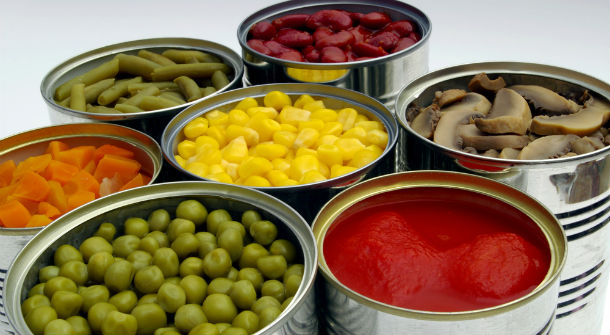
(7) to shorten the processing flow, reducing the heating process temperature and time (including sterilization). Sterilization and cooling must be rapid, with continuous rotation sterilization and cooling machines better.
(8) sugar water modulation should be boiled, with the allocation with the use, to avoid sucrose conversion.
(9) control warehouse storage temperature. Temperature is low, discoloration slow.
(10) in the processing process to prevent and iron, copper and other industrial equipment and alkali contact, and pay attention to the heavy metal content of water to meet the drinking water standards.
